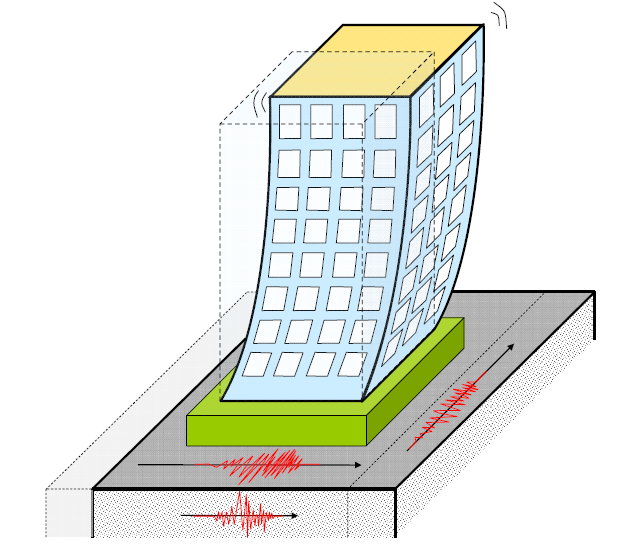It is the goal of every civil engineer and structure designer to design and create buildings that are earthquake resistant. The buildings designed by a structure engineer should suffer minimum damage during earthquakes. Following are the 4 virtues of earthquake resistant building design discussed in detail.
Good Lateral Strength
Buildings should possess good strength in lateral directions to bear the earthquake stresses. Buildings must be designed to resist Design Basic Earthquake.
Earthquake force is a horizontal dynamic force that creates extreme shear stresses in the column. Good lateral strength ensures minimum damage to different elements of the building.
Good Lateral Stiffness
For a building, it is vital to have good lateral stiffness. Good lateral stiffness ensures that deflections are not excessive and damage will be the minimum.
There are many ways to achieve the desired stiffness. One solution includes changing the size and orientation of columns. We can also provide a shear wall or change its thickness and location in the building.
Proper Ductile Detailing
If a building is properly detailed for ductility, then only non-load bearing elements will be prone to collapse. Also, important elements of buildings will suffer less damage. Good ductility will allow deformation between the base of the building and the roof of it.
We can achieve ductility by providing confine reinforcement at critical sections.
We should design buildings for ductile detailing as per IS 13920-2016.
Good Structural Configuration
This could be achieved by proper positioning of beams and columns. Moreover, the size, shape, and reinforcement of all the elements should be chosen with highly analytical thinking.
These are the 4 virtues that drive the design to be earthquake-resistant.
IS 4326-2013[PDF] earthquake resistant design of structures Download
IS 4326-2013 [PDF] Download (A Code on earthquake resistant design of buildings)
IS 456:2000 Code for Plain And Reinforced Concrete
IS 13920-2016 (Ductile Detailing) Download
External Resources-
Earthquake Engineering Research Institute
National Information Centre of Earthquake Engineering
FAQs
DBE or Design Basis Earthquake is an earthquake that is expected to occur at least once during the lifespan of the structure. Every structure should be designed by considering DBE.
